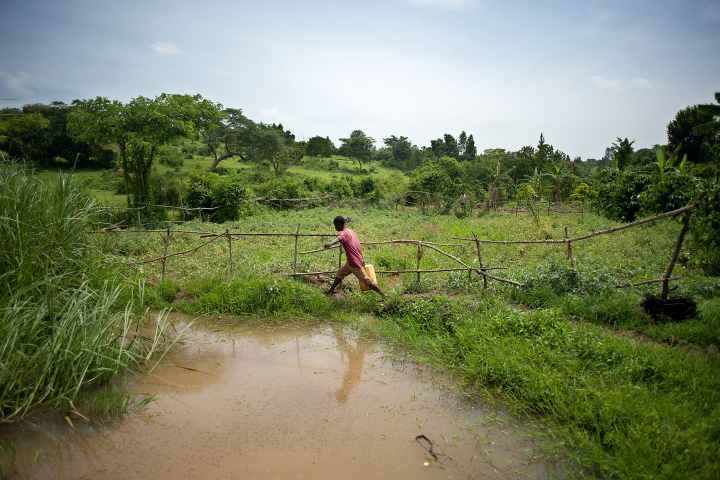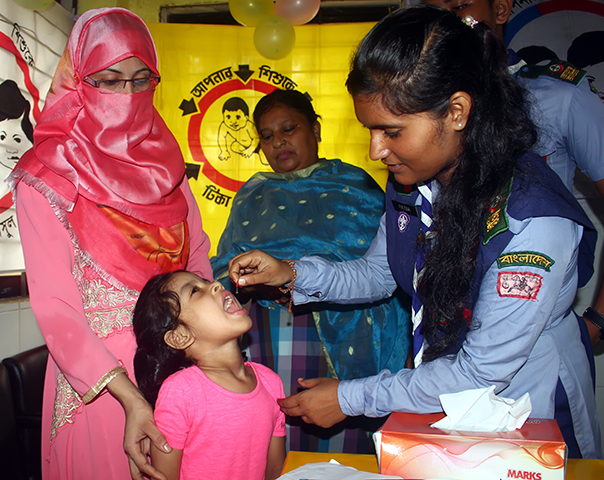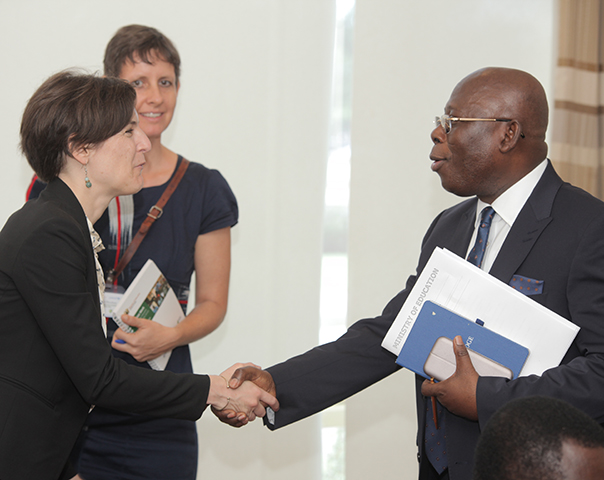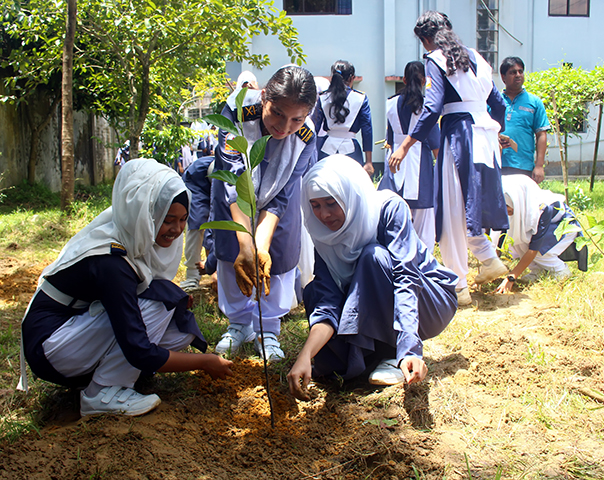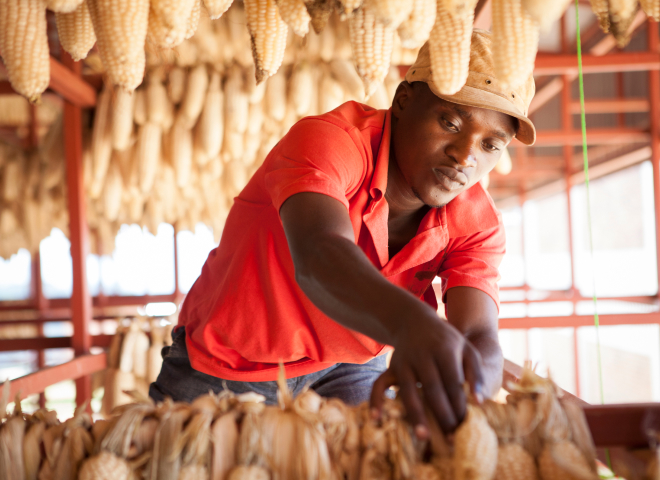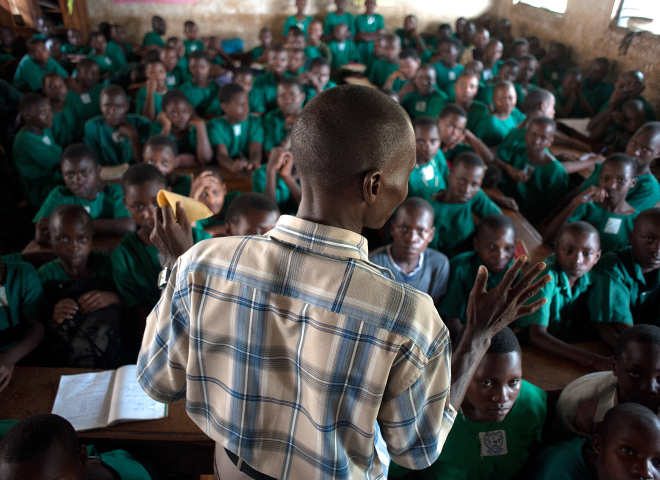How do Venezuelan Migrants Share Information with Their Networks About SISBEN in Colombia?

Researchers partnered with IPA Colombia to measure how information about SISBEN--a data system to inform social protection programs--is spread among Venezuelan migrant social networks. Social networks grew significantly and expanded geographically, but the spread of information outpaced accurate information, highlighting the potential of migrant networks to amplify information but also expose the risk of misinformation.
The integration of large-scale migrant populations into national social protection systems represents a pressing policy challenges in regions experiencing significant humanitarian displacement. For instance, Colombia remains the primary destination for displaced Venezuelan migrants, accepting more than 2.8 million migrants since 2017. The Colombian government regularized the migrants’ immigration status through the Temporary Protection Statute for Venezuelans (ETPV) beginning in 2021, for which nearly 2 million migrants have completed registration and received temporary protection. The government also seeks to register them to SISBEN, an information system containing data about a population’s economic and social status that is used to inform implementation of social protection programs. However, migrant registration is slow due to misconceptions, lack of awareness about the system, and mistrust in sharing personal information with a new program.
Researchers partnered with IPA Colombia to measure how information about SISBEN is spread among Venezuelan migrant social networks. To do this, they sent WhatsApp messages to eligible migrants who had previously requested SISBEN registration, inviting them to refer other migrants to participate in the study and learn about SISBEN. These referrals sent researchers a unique code via WhatsApp to register for the study. Upon eligibility, referrals received WhatsApp messages encouraging them to refer migrants in their networks to participate. The researchers gathered two more waves of referrals to identify the diffusion of information (e.g., myths and knowledge about SISBEN) and key agents in the social network. Surveys gathered at the end of the intervention--completed by the initial migrants and their referrals--concerned migrants' attempts to refer other migrants to the study.
With the information collected from these surveys, and the networks mapped in the referral dynamics, the researchers characterized the transmission of correct and incorrect information about the SISBEN through sub-networks, the main channels of contact and transmission of information for the migrant population, the geographic expansion of migrant networks throughout the country, and the supernodes that serve as leaders within the communities that are fundamental to understanding the dynamics of the network.
Migrant social networks expanded significantly, multiplying by eight within three referral waves in just six weeks. It also showed geographic expansion, growing from 5 to 63 municipalities and from 2 to 20 departments. However, the spread of misinformation outpaced accurate information, with incorrect messages transmitted 8.9 times compared to 7.5 times for accurate information. These findings highlight the potential of migrant networks to amplify information but also expose the risk of misinformation. A key policy challenge is how to effectively leverage these networks to boost SISBEN registration while mitigating the spread of inaccurate information.




